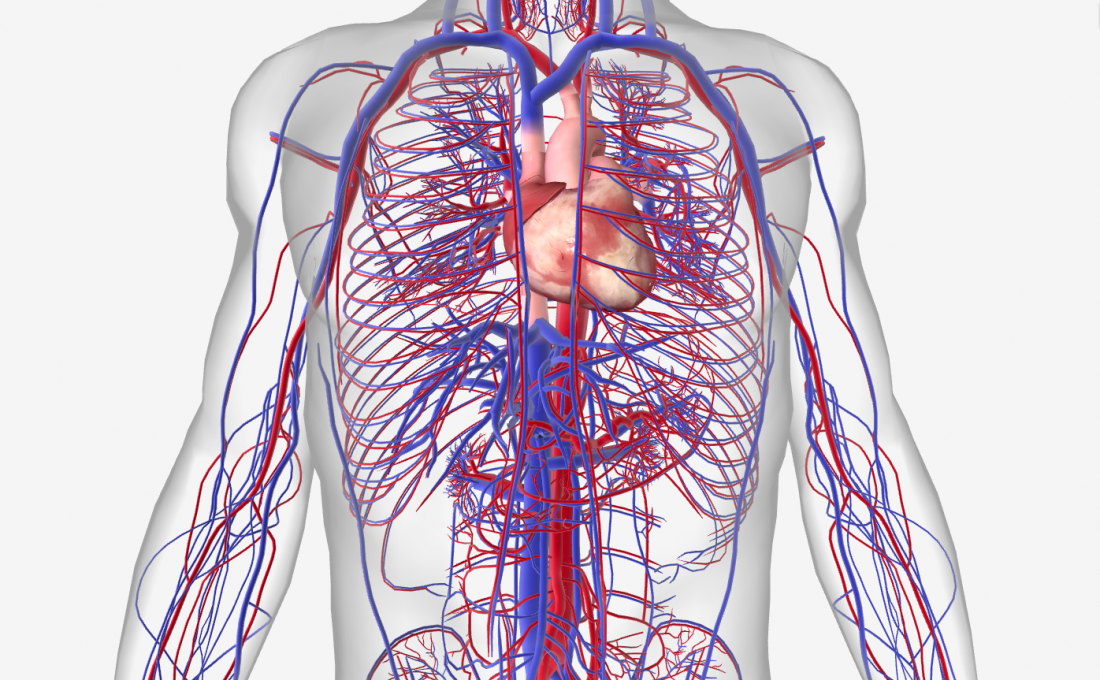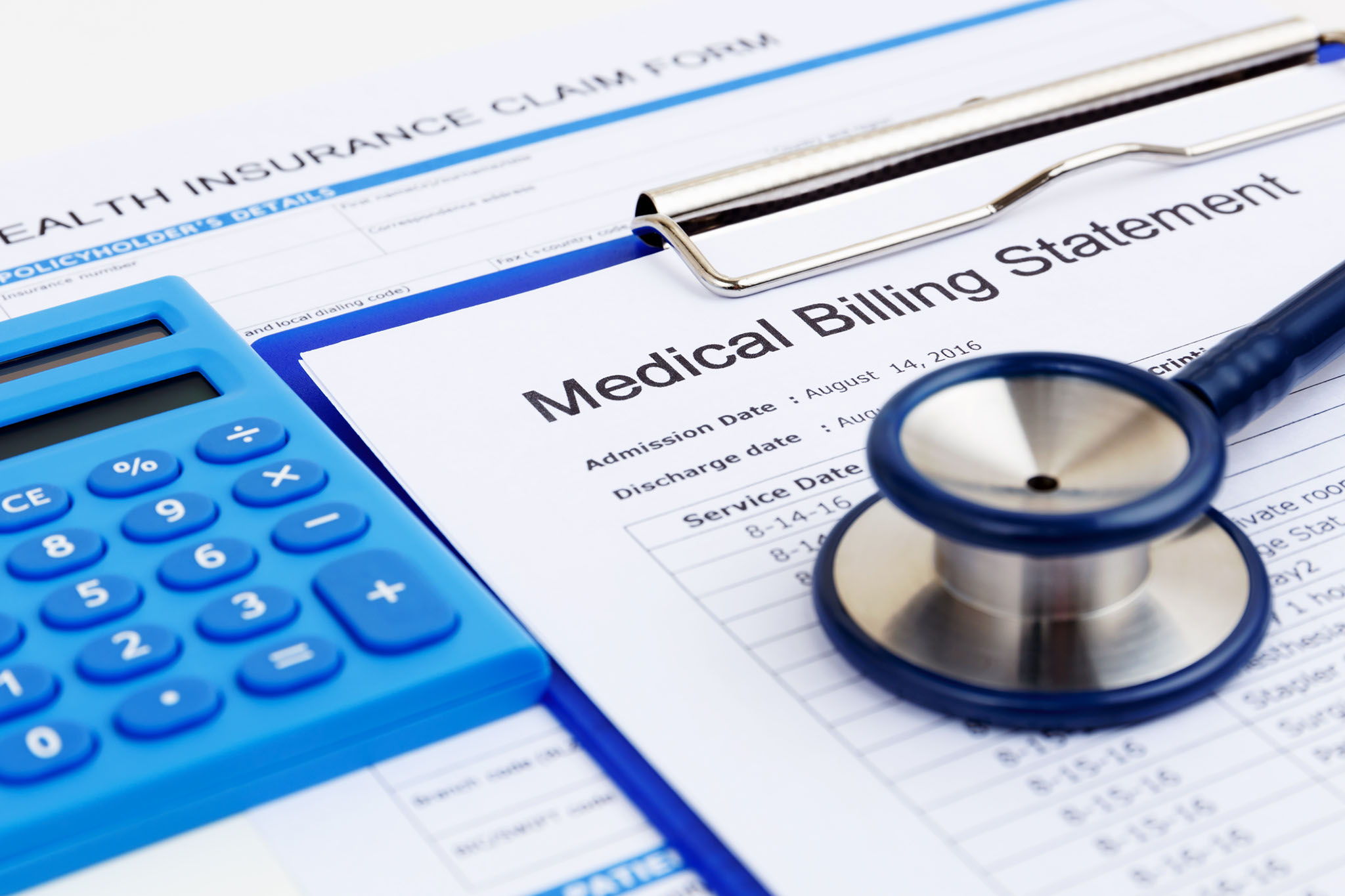The function of cardiovascular system is the transportation of oxygen, other essential chemical compounds and blood. The circulatory system consists of heart and the blood vessels including arteries, veins etc. There are two types of circulatory systems.
- Pulmonary circulation: It is a short loop from the heart to the lungs and back again.
- Systemic circulation: It sends blood from the heart to all other parts of our body and back again.
Heart is vital organ in the circulatory system. The main function is to propel blood throughout the body. Heart is a hollow muscular pump. Structurally the heart is divided into right and left parts. Each part has two chambers called atrium and ventricle, The four chambers are enclosed by thick muscular walls. The upper part is dry divided into right and left atria. The right and left atria receive the blood entering the heart. The bottom part is divided into right and left ventricles, which pump the blood out of the heart. The heart wall consists of pericardium (outer layer of heart), myocardium (middle layer of heart) and endocardium (inner layer of heart).
The right atrium receives deoxygenated blood from all parts of the body except lungs through the superior and inferior vena-cavae. Ulmonary veins bring oxygenated blood to the left atria from lungs. The right and led atria pump the blood into the right and left ventricles respectively.
Author Bio: The Author of this article, Sreejith is writing articles on Biomedical Instrumentation in Electronics and Communications





